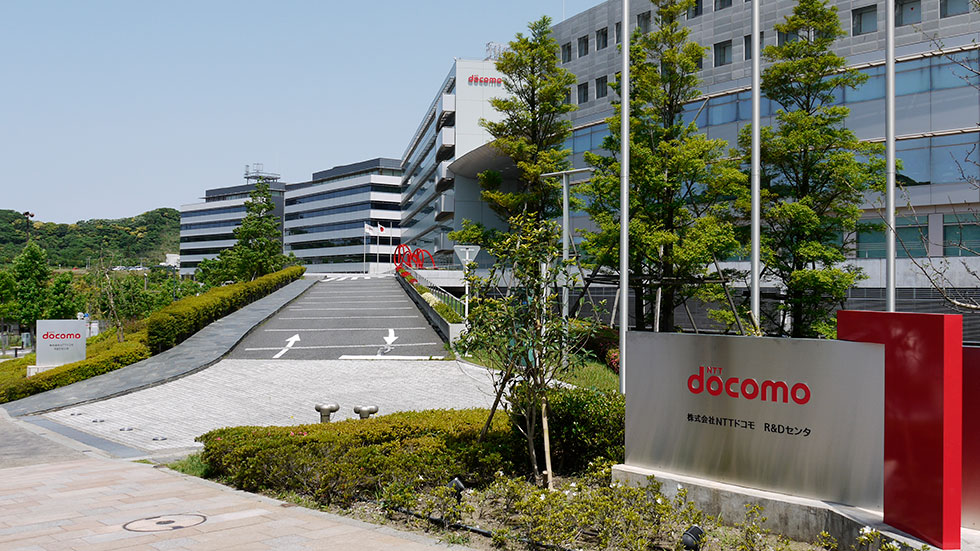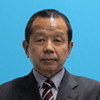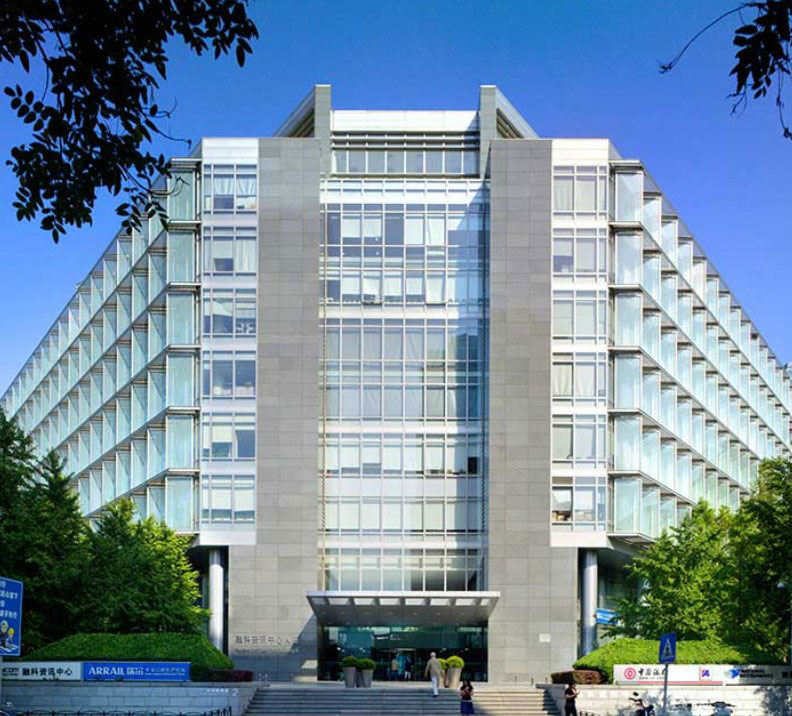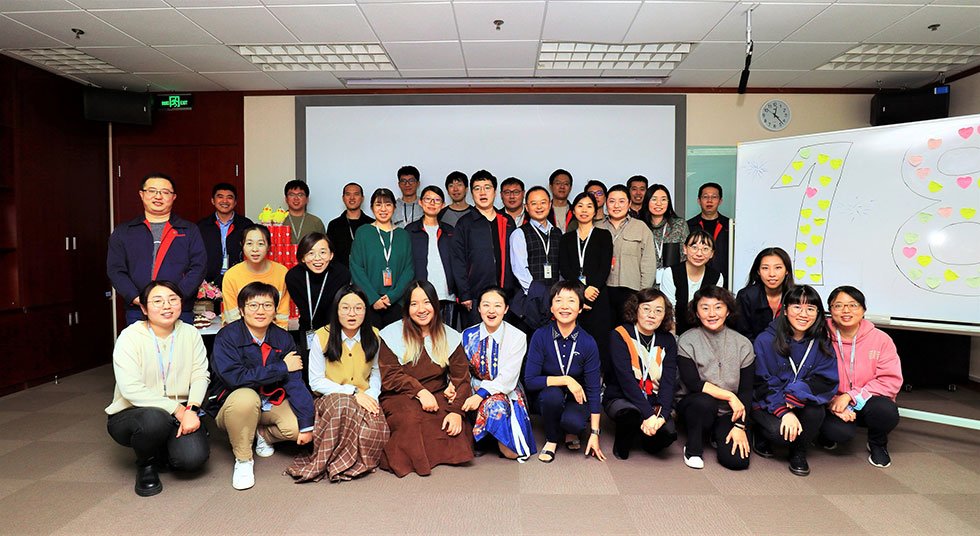In the latest of our series of articles, we spotlight the innovation of DOCOMO, another of the licensors in our independent, Avanci marketplace.
We recently spoke to two DOCOMO inventors about their work – what inspires them to create fundamental technologies and their thoughts on future developments in the mobile communications work.

 Akihiro Higashi has worked for the company for more than three decades. His interest in mobile communications was sparked early on and he gained his amateur radio license when he was just 15 years old. He joined NTT from university in 1987 and began his research career on digital mobile communications, at a time when most networks were still analogue. When NTT DOCOMO was created in 1992, he moved to the new business to continue research on Wideband CDMA (W-CDMA) networks, working on technical harmonization within Japan and also working with several European companies. DOCOMO’s W-CDMA was ultimately adopted by the International Telecommunications Union (ITU) as a standard and it is also part of the UMTS 3G standard.Following the formation of the 3GPP, Higashi-san participated in further standardization efforts for a couple of years, before moving from the research organization to the terminal development section, where he was responsible for commercializing three types of W-CDMA terminals during 2002.
Akihiro Higashi has worked for the company for more than three decades. His interest in mobile communications was sparked early on and he gained his amateur radio license when he was just 15 years old. He joined NTT from university in 1987 and began his research career on digital mobile communications, at a time when most networks were still analogue. When NTT DOCOMO was created in 1992, he moved to the new business to continue research on Wideband CDMA (W-CDMA) networks, working on technical harmonization within Japan and also working with several European companies. DOCOMO’s W-CDMA was ultimately adopted by the International Telecommunications Union (ITU) as a standard and it is also part of the UMTS 3G standard.Following the formation of the 3GPP, Higashi-san participated in further standardization efforts for a couple of years, before moving from the research organization to the terminal development section, where he was responsible for commercializing three types of W-CDMA terminals during 2002.
With more than 80 patents to his name, he moved to DOCOMO’s intellectual property department in 2003, where he was involved in establishing the ‘Platform W-CDMA’ patent pool with other patent owners, such as, Mitsubishi Electric and Siemens. In 2010, he was among five NTT DOCOMO inventors who were recognized for their achievements by the Japanese Institute for Innovation and Invention. Since 2012, Higashi-san has been supporting DOCOMO’s patent licensing activities as a technical expert on W-CDMA and HSPA (High Speed Packet Access).
 Lan Chen is President and CEO of DOCOMO Beijing Labs, where she leads the lab’s research on 5G evolution and 6G physical layer design, as well as on artificial intelligence including natural language processing and computer vision. Inspired by the early mobile devices that were beginning to appear when she graduated from high school, Dr. Chen decided to study mobile communications. Following her first degree in China, she studied for her master’s and PhD in Electronic Engineering at Kyoto University in Japan. After completing her PhD, in 1999 she joined the DOCOMO R&D Center in Yokosuka to begin her research career, focusing on wireless systems design for 4G/LTE.
Lan Chen is President and CEO of DOCOMO Beijing Labs, where she leads the lab’s research on 5G evolution and 6G physical layer design, as well as on artificial intelligence including natural language processing and computer vision. Inspired by the early mobile devices that were beginning to appear when she graduated from high school, Dr. Chen decided to study mobile communications. Following her first degree in China, she studied for her master’s and PhD in Electronic Engineering at Kyoto University in Japan. After completing her PhD, in 1999 she joined the DOCOMO R&D Center in Yokosuka to begin her research career, focusing on wireless systems design for 4G/LTE.

In 2003, Dr. Chen returned to China to help setup DOCOMO’s Beijing Laboratory and for the next 10 years she served as director of its Wireless Systems Lab, leading the LTE research team. In 2013, she spent three years working on radio access network development, particularly for new functions of base station design. In July 2016, she returned to the research organization in her current role. In addition to being named as lead inventor on more than 130 patents, Dr. Chen has received external recognition from both the ITU Association of Japan and the Future Forum of China.
We asked both inventors about some of the key innovations that they had been responsible for, which have become essential patents licensed through the Avanci marketplace.
Higashi-san remembered that in early 1990s, Qualcomm published an IEEE paper on CDMA (which eventually became standardized as IS-95), outlining a technology that could achieve more user capacity than existing analogue or second-generation digital networks. As Japan’s leading mobile communications company, NTT DOCOMO saw a need to create a system that had more capacity and flexibility than IS-95 and began research on technologies that were ultimately standardized as W-CDMA.
One such innovation which he worked on was a novel approach to realize asynchronous systems between base stations. While IS-95 used GPS, DOCOMO wanted to be independent of the US government owned system. He and his colleagues began researching the use of longer scrambling codes to achieve asynchronous systems, though such an approach meant a longer synchronization time. Their innovation aimed to speed up the process of synchronization between base stations and terminals when they were first powered on, to improve performance for users.
He recalled long hours in the lab, using a lot of computer simulations to prove the potential of the system. Computers of that time were considerably below today’s performance, and their simulations required writing a lot of programs from scratch, which made it even more challenging, but after much effort, they were successful and their inventions became part of the W-CDMA standard and were widely adopted in the industry.
Dr. Chen’s 4G research focus was on improving the quality of experience and service for users. She identified that one area for focus was radio resource management for reducing interference between cells, so that the data rate for users could be improved. In 2001 she proposed and filed patents on an approach for intercell coordination, a novel idea which was hard to implement at the time. With progress in the network and the processing capability of base stations, several years later, multi-cell coordination was adopted as an optional feature in release 11 of the LTE standard.
Research can often feel an isolated activity – we asked both inventors how it feels when an invention that they have been responsible for is adopted into standards and then used by others in their products. Higashi-san felt proud of DOCOMO’s achievements with W-CDMA and said he felt very fortunate to have had such a broad career, from his early days in research, through commercialization of products to his work now in supporting DOCOMO’s patent licensing business.

Dr. Chen feels a sense of achievement and satisfaction when her patents are certificated as standard essential and licensed by other companies. She reflected that, in the DOCOMO Beijing Labs, research work does not end with the publication of academic papers.
The team works to further refine their results to meet the requirements of LTE-A, 5G and 5G Advanced and then work with other companies through the standardization organizations to reach consensus and finally have the patented technology become standard essential patent (SEPs). She feels that researchers at DOCOMO recognize the significance of what they do, contributing to the improvement of people’s lives around the world, as well as providing a financial return to DOCOMO through licensing which in turn helps to ensure the sustainability of the company and their research.
On the topic of licensing, their colleague Yuichi Nakamura from the intellectual property team reflected that DOCOMO has supported patent pooling for many years, including through their efforts with W-CDMA, as pools can offer efficiency and transparency in the sharing of innovation with others. However, he noted that pool licensing in the smartphone market had been challenging, as it was difficult to get larger patent owners to join. By comparison, with Avanci, their efficient and transparent approach has solved the problem faced by others and led to the inclusion of patent owners including Ericsson, Nokia and Qualcomm. This gave DOCOMO confidence that the marketplace could be successful and so they joined Avanci. They believe that having a single platform with a large number of licensors actively engaged gives Avanci a strong advantage and has helped in attracting many auto brands as licensees.
Discussion turned to the future, and the areas which are a focus for further research. Dr. Chen outlined that DOCOMO Beijing Labs continue to focus on 5G Advanced, with Release 18 anticipated in 2022. Beyond that, her team is already working on 6G research in two dimensions – extreme high capacity and extreme wide coverage, including space, air, and sea in addition to terrestrial mobile communications. Across all these domains will be the growing importance of artificial intelligence.
Finally, we asked what advice the experts would have for young people considering their career path, perhaps who are interested in the future of communications. Higashi-san reflected on the importance of following your own interests – from his early days as a radio ham to a 30+ year career at DOCOMO, his curiosity for the topic of mobile communications has never diminished.
Dr. Chen echoed this and outlined what the future holds. 6G will contribute to the wellbeing of society, enabling the fusion of the cyber and physical worlds. Many new use cases will emerge, based on the evolution from 5G and AI and sensing, which will not only enhance user experiences, but also improve the quality of life and the efficiency of society. For those who want to help build a new and a wonderful society, she suggests following the brand slogan of DOCOMO Beijing Labs: “Live up to youth, Innovation never ends.”